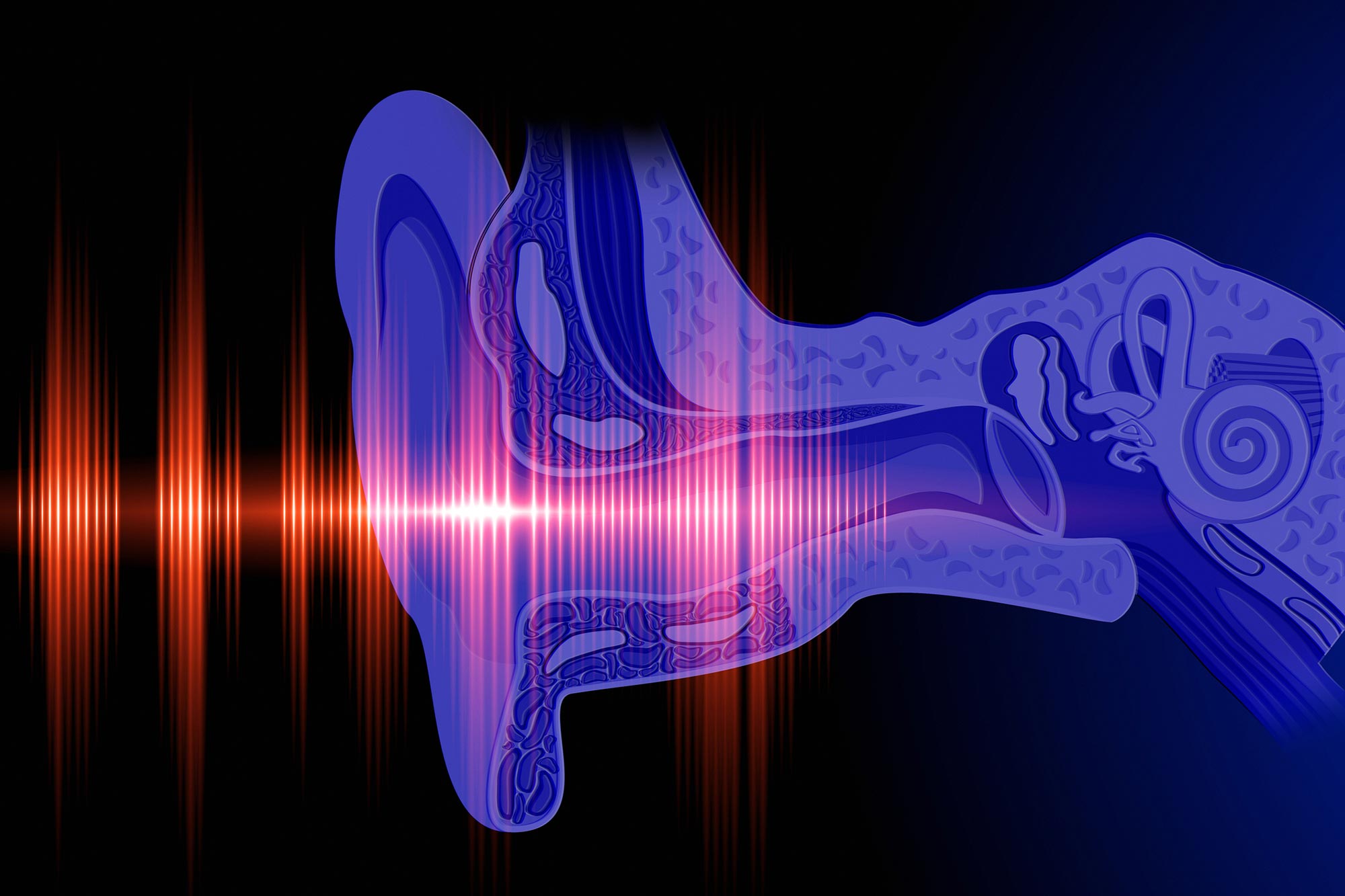Unbelievable Discovery: The Moon is Rusting Thanks to Earth!

Imagine the Moon, a barren rock floating in the cosmos, not just as a lifeless satellite but as a rusty relic of Earth's influence! Recent research unveils a shocking truth: Earth's atmosphere is reaching out and turning the Moon's iron-rich soil into rust.
Scientists have recently revealed that oxygen escaping from Earth might be the surprising source of this lunar rust, known as hematite. Xiandi Zeng, a planetary scientist at Macau University of Science and Technology, leads this groundbreaking study, which sheds light on the strange interactions between our planet and its celestial companion. “We conducted a series of oxygen and hydrogen irradiation experiments to simulate lunar surface irradiation processes,” Zeng explains, showcasing how experiments have validated the formation and reduction of hematite minerals on the Moon.
The mystery of lunar rust first emerged a few years ago when scientists spotted these unexpected reddish spots at the Moon's poles. Given that the Moon lacks water and a thick atmosphere—two essentials for rust formation on Earth—this discovery left many scratching their heads. Additionally, the constant bombardment of hydrogen from the solar wind typically prevents oxidation.
But here’s the twist: when the Moon passes through Earth’s magnetotail during its full phase, oxygen from Earth streams across. This rare event blocks most of the solar wind and enables oxidation to take place, allowing iron on the surface to rust. It’s as if Earth is sending a lifeline to the Moon, giving it just what it needs to rust, albeit in a rather peculiar way.
In their lab, researchers simulated these celestial conditions by bombarding iron-rich minerals, such as metallic iron and ilmenite, with oxygen ions. The result? Hematite emerged, while other minerals remained unchanged, solidifying the science behind this lunar phenomenon.
Interestingly, the study also found that hydrogen, when fired at hematite in high-energy bursts, could partially reverse the rusting process. But the everyday solar wind hydrogen simply doesn’t have the power to undo the lunar rusting. This explains the clustering of rust at the poles, where Earth's oxygen funnels in and hydrogen is deflected, creating a unique environment for oxidation to thrive.
This remarkable research, published in Geophysical Research Letters, hints that the Moon's rusty areas may hold secrets about Earth's atmospheric history, potentially stretching back billions of years. As the researchers put it, “The formation of hematite (and potentially magnetite) via Earth wind irradiation underscores the material exchange between Earth and the Moon.” Could this be the beginning of a new understanding of our relationship with the Moon?


























